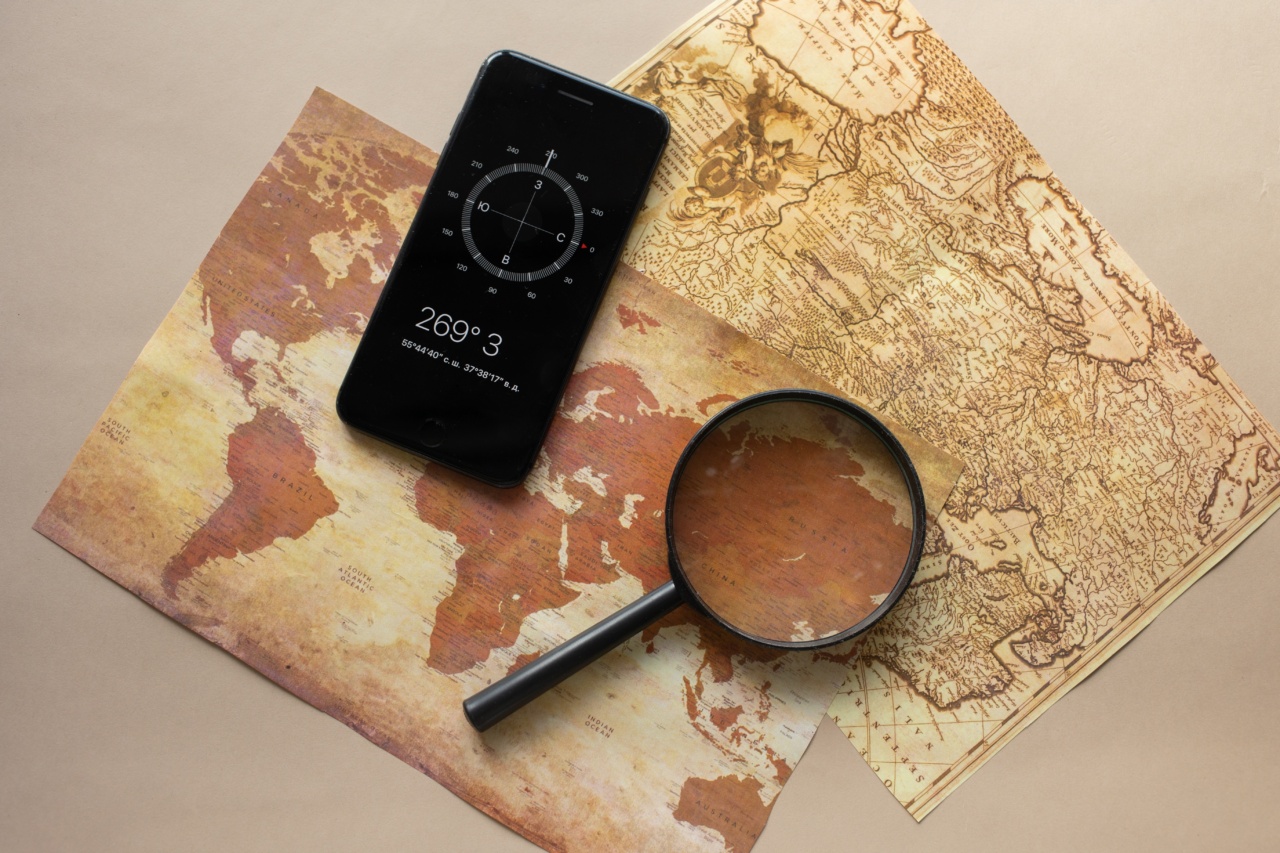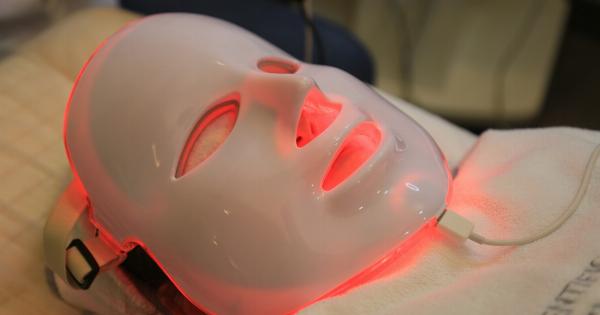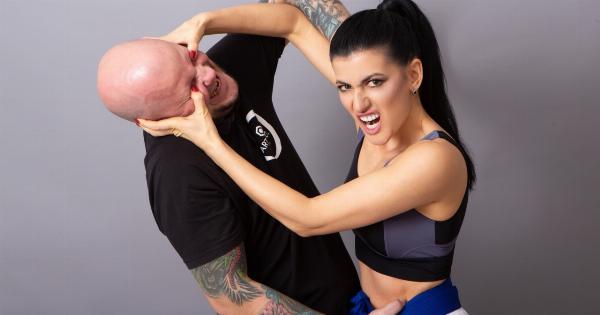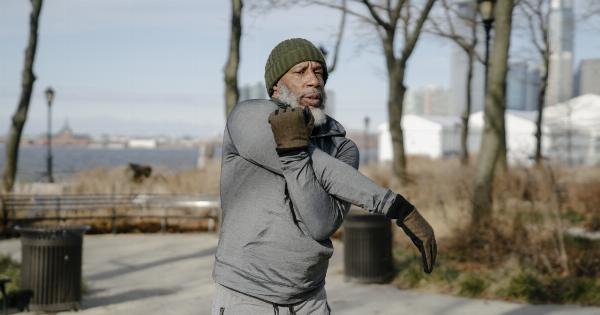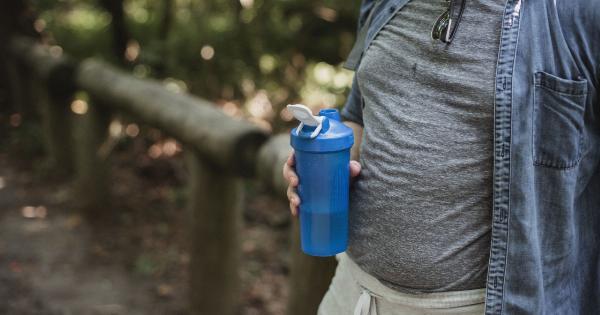In a breakthrough discovery, researchers have found that Botox injections can greatly assist in restoring movement and improving the quality of life for stroke victims.
This finding brings new hope to millions of people worldwide who have suffered from the debilitating effects of a stroke.
Understanding stroke and its aftermath
A stroke occurs when blood flow to the brain is disrupted, either due to a blockage or bleeding. This disruption starves the brain of oxygen and nutrients, leading to the death of brain cells.
As a result, individuals who have had a stroke often experience a variety of physical and cognitive impairments.
One of the most common physical impairments caused by stroke is the loss of movement and muscle function, known as hemiparesis or hemiplegia.
This condition can affect the entire side of the body opposite to the side of the brain that suffered the stroke.
The power of Botox
Botox, a neurotoxin derived from the bacterium Clostridium botulinum, has long been associated with cosmetic procedures to reduce wrinkles.
However, recent studies have shown its potential in treating various medical conditions, including muscle stiffness, chronic migraines, and now stroke-related movement disorders.
When injected into specific muscles, Botox works by blocking the signals from the nerves to the muscles, effectively relaxing them.
This relaxation allows for improved mobility and function of the affected muscles, enabling stroke survivors to regain movement and perform tasks they were previously unable to do.
The research behind Botox for stroke victims
A number of studies have been conducted to determine the effectiveness of Botox injections in stroke rehabilitation. One notable study published in the Journal of Neurology involved 148 stroke survivors with upper limb spasticity.
The participants received Botox injections every three months for a year. The results showed significant improvements in muscle tone, range of motion, and functional ability.
Another study, published in the Journal of the American Association of Neurological Surgeons, examined the effects of Botox injections on lower limb spasticity in stroke survivors.
The findings demonstrated a reduction in muscle stiffness, increased range of motion, and improved gait and balance.
These and other studies provide compelling evidence that Botox injections can be a valuable tool in the rehabilitation of stroke survivors.
By targeting specific muscle groups and reducing spasticity, Botox allows individuals to regain control over their movements and perform everyday tasks with greater ease.
The benefits extend beyond physical function
While the physical benefits of Botox injections for stroke victims are significant, the positive impact goes beyond improved movement.
By regaining the ability to perform basic activities of daily living, stroke survivors also experience a boost in their psychological well-being.
Psychological effects such as depression, anxiety, and lowered self-esteem are common among stroke survivors, largely due to the loss of independence and functionality. This, in turn, can hinder the recovery process.
However, Botox injections offer a glimmer of hope by restoring movement, independence, and confidence.
Additionally, the newfound physical abilities gained through Botox injections can open doors for stroke survivors to engage in social interactions and participate in activities they may have previously been unable to enjoy.
This reintegration into society further contributes to their overall well-being and quality of life.
Considerations and potential side effects
While Botox injections have shown promise in the rehabilitation of stroke victims, it is crucial to consider the potential side effects and risks associated with the procedure.
Common side effects include temporary weakness or paralysis in the injected muscles, pain at the injection site, and flu-like symptoms.
It is also important to note that Botox injections are not suitable for all stroke survivors. Those with a history of allergic reactions to Botox or a skin infection at the proposed injection site should not undergo the procedure.
Additionally, individuals with certain medical conditions or taking specific medications may need to avoid Botox injections.
As with any medical procedure, it is essential for stroke survivors to consult with their healthcare professionals to assess their suitability and discuss potential risks and benefits.
The future of stroke rehabilitation
The discovery of the positive impact of Botox injections on stroke rehabilitation opens up new possibilities for the future of treatment.
With further research and advancements in technology, it is hoped that the effectiveness of Botox injections can be optimized and tailored to individual needs.
In addition to Botox, other innovative approaches such as robotics, virtual reality, and stem cell therapy are being explored to enhance stroke recovery.
The combination of these therapies with Botox injections has the potential to revolutionize stroke rehabilitation and improve outcomes for patients worldwide.
Conclusion
Researchers have made a groundbreaking discovery regarding the benefits of Botox injections for stroke victims.
These injections offer a new ray of hope for stroke survivors by helping restore movement, improving function, and enhancing overall quality of life.
While further research and ongoing developments are needed, the potential of Botox injections in stroke rehabilitation is undoubtedly promising.
As medical advancements continue, stroke survivors and their loved ones can look forward to more effective treatment options and greater opportunities for recovery.
